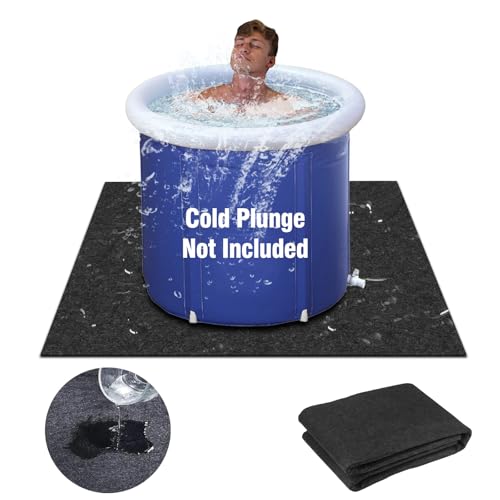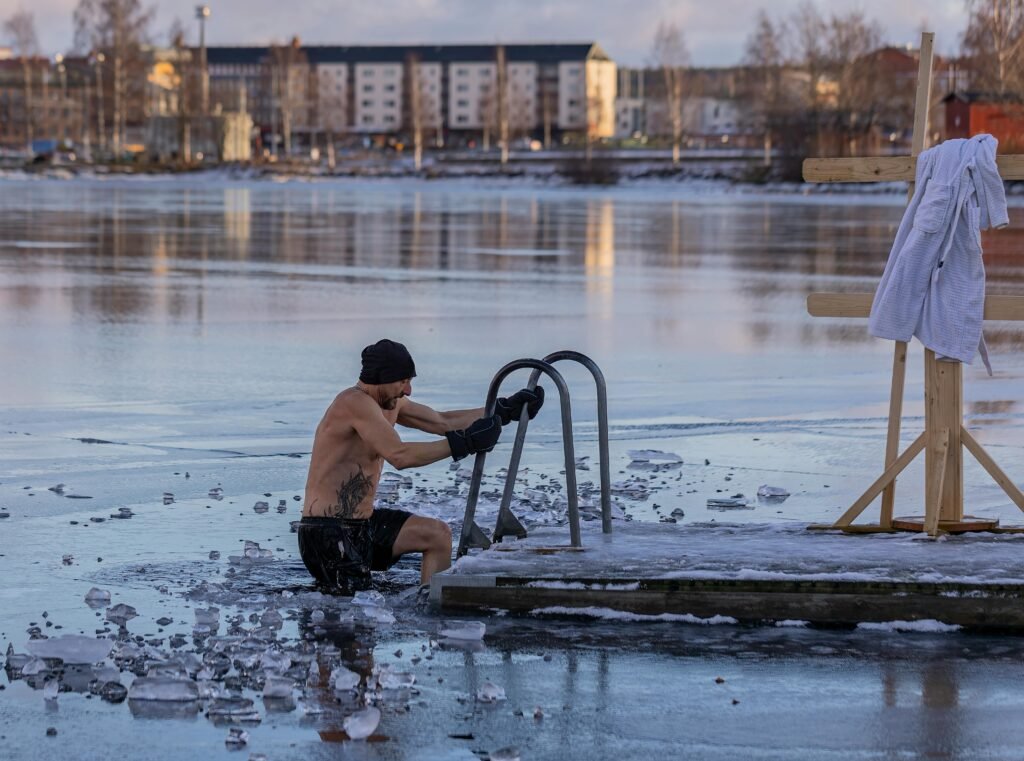
Cold Plunge Accessories That Actually Help
(And Which Ones to Skip)
Cold plunging doesn’t have to be complicated — but a few well-chosen accessories can go a long way in improving your experience. Whether you’re just starting out or you’ve been plunging for months, investing in the right tools can make your setup faster, your sessions safer, and your water colder for longer.
But not everything marketed as a “must-have” is actually worth it.
In this post, we’ll break down:
- Essential accessories that improve your cold plunge setup
- Smart upgrades to consider over time
- Gimmicky or overhyped products to avoid
- How to prioritize depending on your budget and training goals
If you want to see which ice baths that we recommend, we suggest that you check out our review post here.
The Essentials: Accessories That Make a Real Difference
These items consistently improve the comfort, safety, and longevity of your cold plunge setup.
1. Digital Water Thermometer
If you’re not measuring, you’re guessing. A reliable thermometer helps you:
- Hit your target recovery range (typically 45–55°F)
- Track seasonal water shifts (especially if plunging outside)
- Avoid dangerously cold sessions
Recommendation: Choose a waterproof, floating or submersible digital thermometer with clear readings and replaceable batteries, Like the product above
*This product is both a timer and a thermometer*
2. Waterproof Timer
Keeping track of time while shivering isn’t easy. A waterproof timer or stopwatch helps you:
- Avoid staying in too long and risking overexposure
- Track your adaptation progress week to week
- Stay focused without constantly checking your phone
*This product is both a timer and a thermometer
Pro Tip: Use a magnetic or suction cup model that attaches to the tub rim. We havent tested one on Amazon to reccomend, though amazon does have a wide selection of magnetic or suction cup timers.
3. Insulated Lid or Cover
If you’re using an outdoor or semi-permanent setup, a cover helps retain cold temps between uses and keeps leaves, bugs, and debris out.
Benefits include:
- Extending the cold window (especially in summer)
- Cutting down on ice needs
- Protecting water quality
Compatible With: Cold Pod, Bubplay, and other soft-sided plunge tubs often have specific lid options — but even a basic tarp or foam board can do the job.
*Note: We did not link any specific products, as they are not often sold without an icebath. to see The ice baths that come with lids, See our post on the 3 most affordable ice baths that actually work
4. Reusable Ice Jugs
Buying 50+ lbs of ice every time adds up. Gallon jugs filled with water and frozen overnight can drop water temp significantly and be reused daily.
Why they work:
- They chill water slowly without melting as fast
- They don’t dilute the water or overflow the tub
- You can rotate jugs to keep a constant supply
You’ll need a chest freezer or extra freezer space, but this method pays off quickly for regular plungers.
5. Drain Hose or Pump
Most plunge tubs don’t have great drainage built-in. A siphon hose or small submersible pump helps you:
- Drain water quickly after use or weekly cleaning
- Avoid mold/mildew buildup
- Move your tub without spilling everywhere
This becomes essential if you’re using your plunge on a balcony, in a garage, or shared space.
Smart Upgrades Worth Considering
These items aren’t essential for beginners but can make plunging smoother as it becomes part of your weekly recovery system.
6. Under-Tub Mat or Decking
Cold Plunge Protective Floor Mat
Cold Plunge Protective Floor Mat, 50″X50″ Ice Bath Tub Mat Indoor Outdoor, Protector Mat for Cold Plunge Tub Ice Bath Tub, Waterproof Slip-Proof Backing, Cold Plunge Ice Bath Accessories
Laying your plunge directly on concrete or grass isn’t ideal long-term. A nonslip foam mat or raised decking platform helps:
- Insulate from heat transfer (keeps water colder)
- Prevent slipping or wobble
- Reduce wear and tear on the tub bottom
Look for EVA foam or rubber stall mats — same kind used in garage gyms.
7. Plunge Robe or Towel Poncho
It sounds like a luxury, but it becomes a priority in winter. A thick towel poncho or robe lets you:
- Change in place
- Warm up without needing a bathroom run
- Reduce post-plunge chill
Also useful if you’re plunging with others or using a public or team recovery space.
8. Bucket Organizer for Extras
Having a small waterproof bin nearby for gloves, towel, thermometer, or a notebook (for tracking sessions) helps keep your space organized and ready to go.
It also speeds up your setup time — no more running around the house grabbing things.
Don’t Waste Your Money: Accessories You Can Skip
Not everything marketed for cold plunges is necessary — or even helpful.
❌ Plunge-Specific Essential Oil Add-Ins
These may smell nice, but cold temps restrict your sense of smell, and oils can lead to:
- Slippery surfaces
- Water contamination
- Mold growth
Skip them unless your system is actively filtered and cleaned daily.
❌ Bluetooth Plunge Speakers or Headphones
Sure, music helps with timing and focus. But cold water wrecks electronics fast, and most waterproof speakers still fail under prolonged exposure or drops.
Instead, use a waterproof timer and set a playlist on a speaker outside the tub if needed.
❌ Cold Plunge “Aromatherapy Balls” or Gimmick Packs
Usually nothing more than scented bath bombs. These aren’t necessary for recovery, don’t improve the plunge itself, and could lead to skin irritation or mess in your tub.
Stick to clean, cold water.
Prioritize Based on Your Routine
| Type of Plunger | Must-Haves | Nice-to-Haves |
|---|---|---|
| First-Timer | Thermometer, timer, mat | Reusable ice jugs |
| Weekly Recovery User | Thermometer, cover, pump | Drain hose, robe, jug rotation |
| Daily Plunger | Thermometer, cover, jug system, pump | Decking, storage bin, floor mat |
If you’re just starting out, a thermometer, timer, and ice system will get you 90% of the way there.
If you’re consistent and plunging year-round, invest in durability, insulation, and organization to reduce friction and save money over time.
Final Word: Don’t Let Accessories Get in the Way
You don’t need a fancy kit to start recovering. What matters most is consistency — getting into the water a few times a week and adjusting based on how your body responds.
Accessories should serve your routine, not distract from it.
Rule of Thumb: Get what removes friction — not what adds hype.
Built for recovery, not luxury.
– The Strongroom Team
If you found this post to be helpful, then you may be interested in the rest of our blog page here.
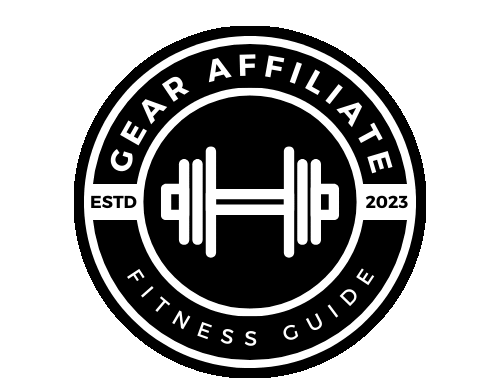
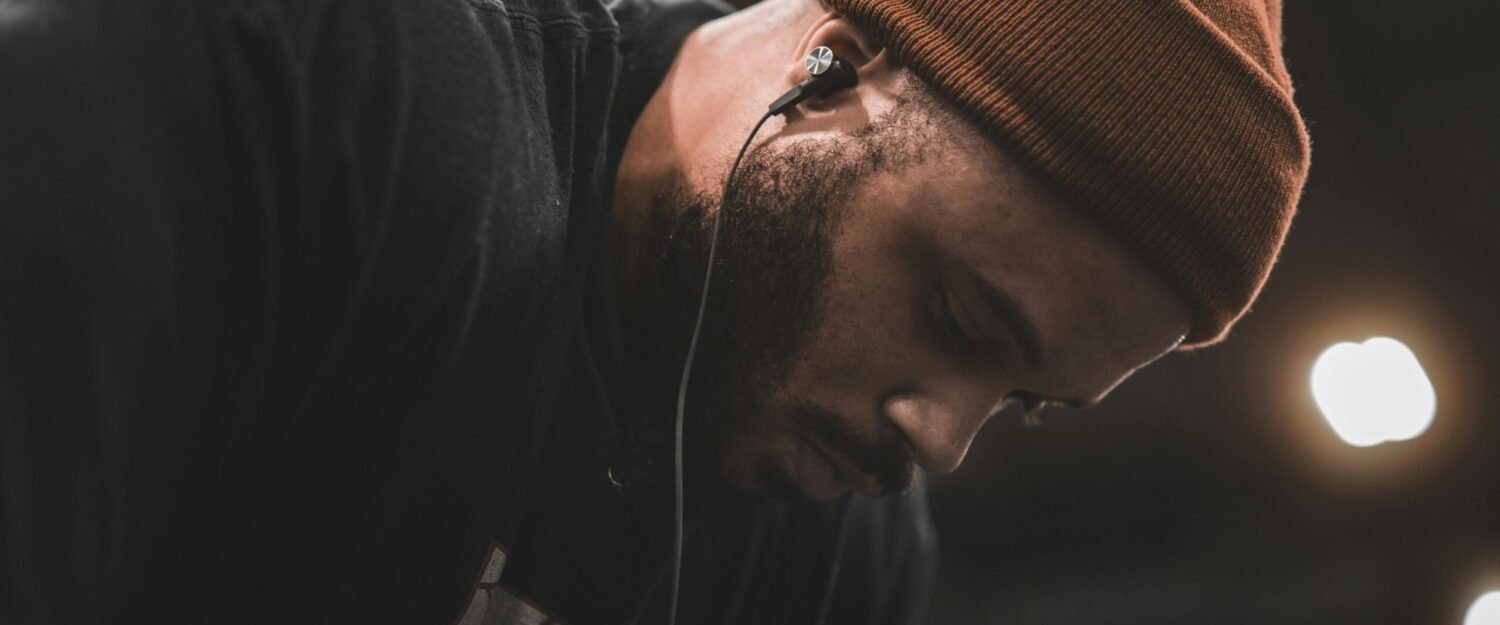
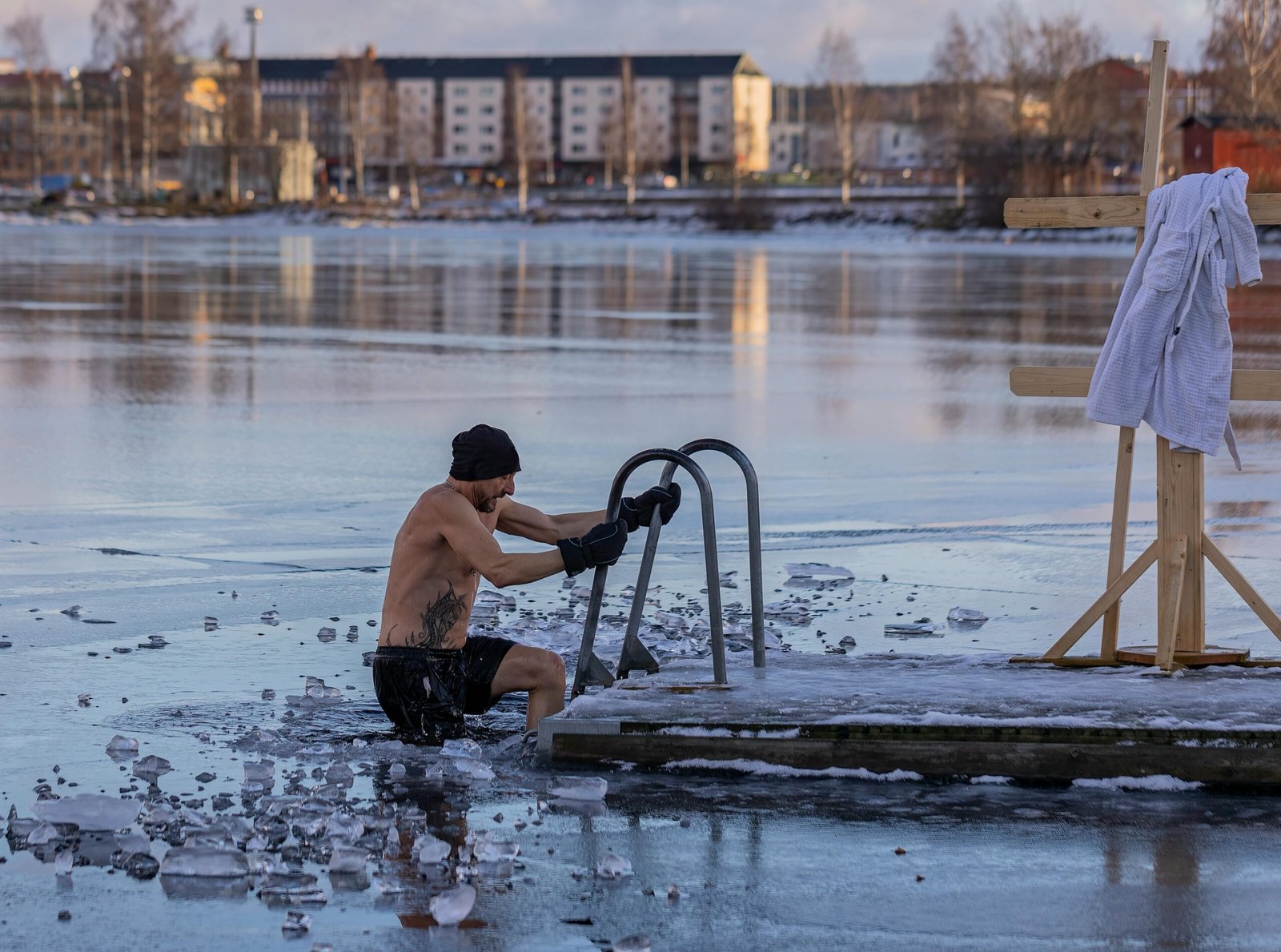
![[Large Floating Pool Thermometer] eLander Pro Water Thermometers, for Outdoor & Indoor Swimming Pools, Spas, Hot Tubs, Fish Ponds](https://m.media-amazon.com/images/I/31bBpr9p8wL._SL500_.jpg)

